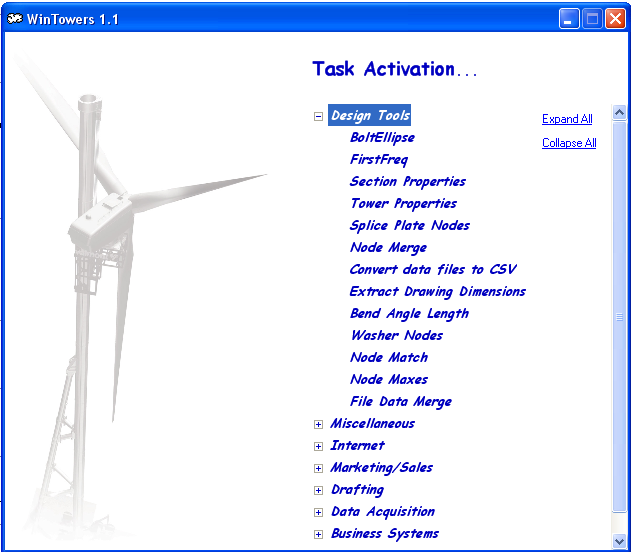


John developed an easy-to-implement real-time scrolling chart control for C# and VB applications, shown here in six multiple instances to display data-acquisition results for wind energy in-house engineers and managers.

John created all software for several of the world's largest solar energy projects. He also translated the VSOP87 theory (high accuracy sun position) to C#, Visual Basic, and several other programming languages.

John used his passion for astronomical and space algorithms to create fun, accurate, interactive applications. Here, GDI+ alpha transparency, adjustable by the user, is used to draw and/or animate the phase of the moon.

John created a program to help find meteorites using 3D vector mathematics to predict landfall. When two or more observers see a meteorite (or possibly a satellite) fall to earth, their sighting vectors can be used to predict its path through the atmosphere. By adding normally distributed random errors to these vectors a Monte Carlo landfall probability footprint is plotted. Non-elliptical patterns emerged, enabling enhanced search and recovery of objects falling to earth from space.

This graphics-rich interface updates in real time as R&D mechanical engineers alter their design input data. This interface drives a multitude of engineering math calculations, and implements several complex 2D graphics algorithms in real time.

John has implemented GDI+ graphics capabilities extensively in his work and book writing. Here for instance, an alpha color setting allows transparent shadows for the chart bars. He's also solved the problem of reinverting and properly locating text once the Y-axis scaling has been inverted for charting. This sample chart appears in his book, Visual Basic 2005 Cookbook, published by O'Reilly Media.

This animated globe spins smoothly in the Visual Basic demonstration program. John used his 3D-transforms class to rotate segments of the lines of latitude and longitude. Hidden lines were removed and gradient shading provided the sunlight and background effects. A sequence of bitmaps was stored in an array, with the lines of longitude shifted slightly in each image. The images were shown sequentially and continuously to spin the globe.

John created a unique "zero-impact deployment" system, seamlessly providing all corporate users with new and updated applications quickly and automatically, saving everyone countless hours of detailed deployment coordination.